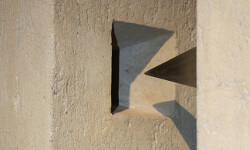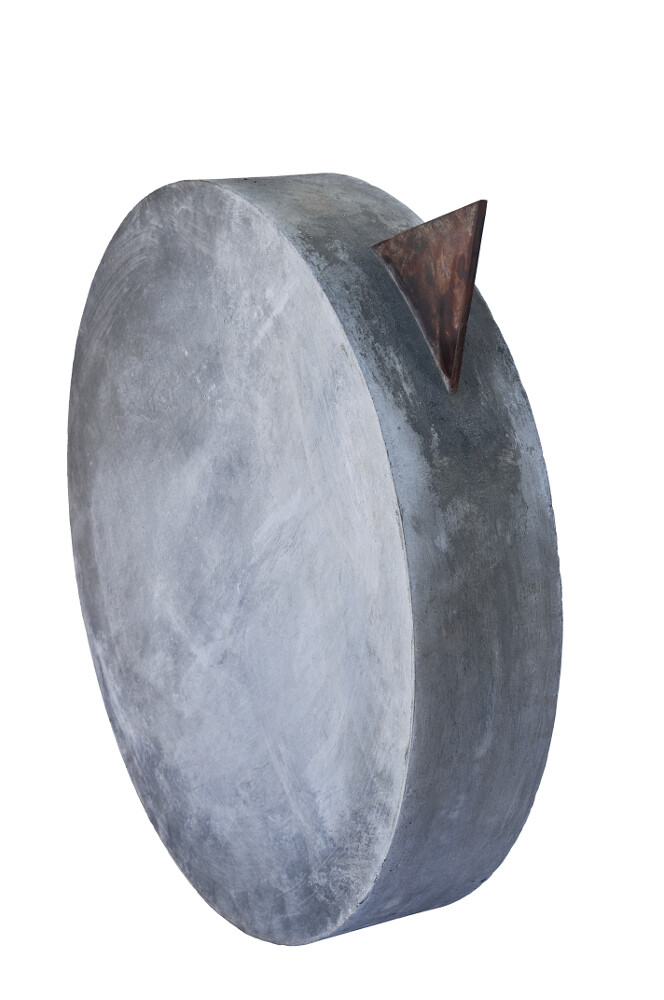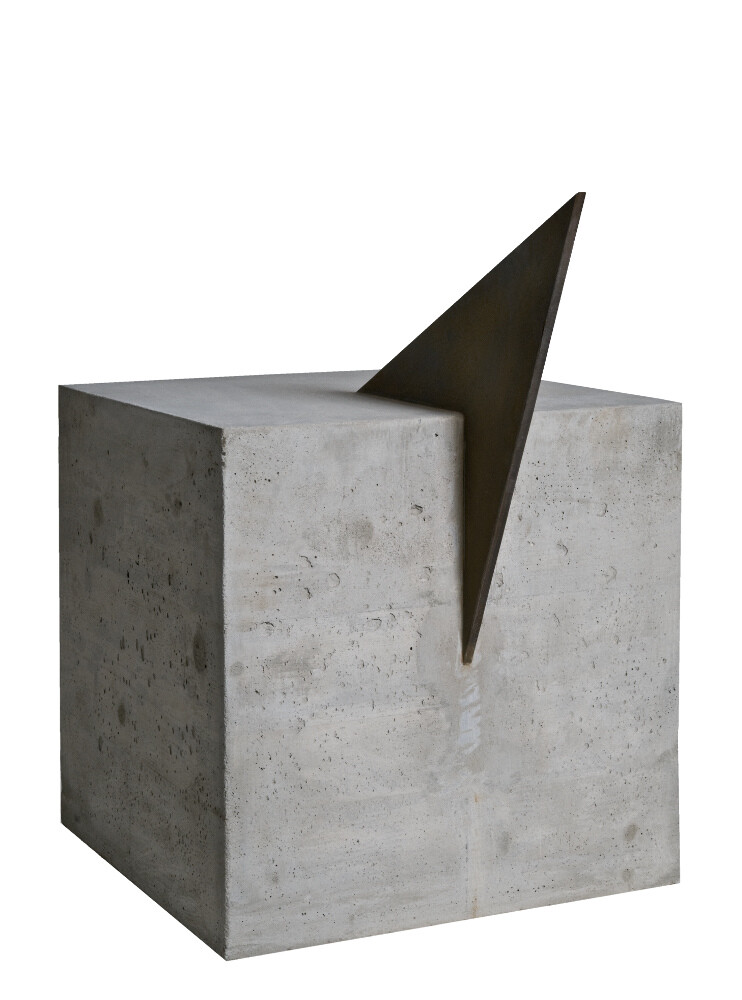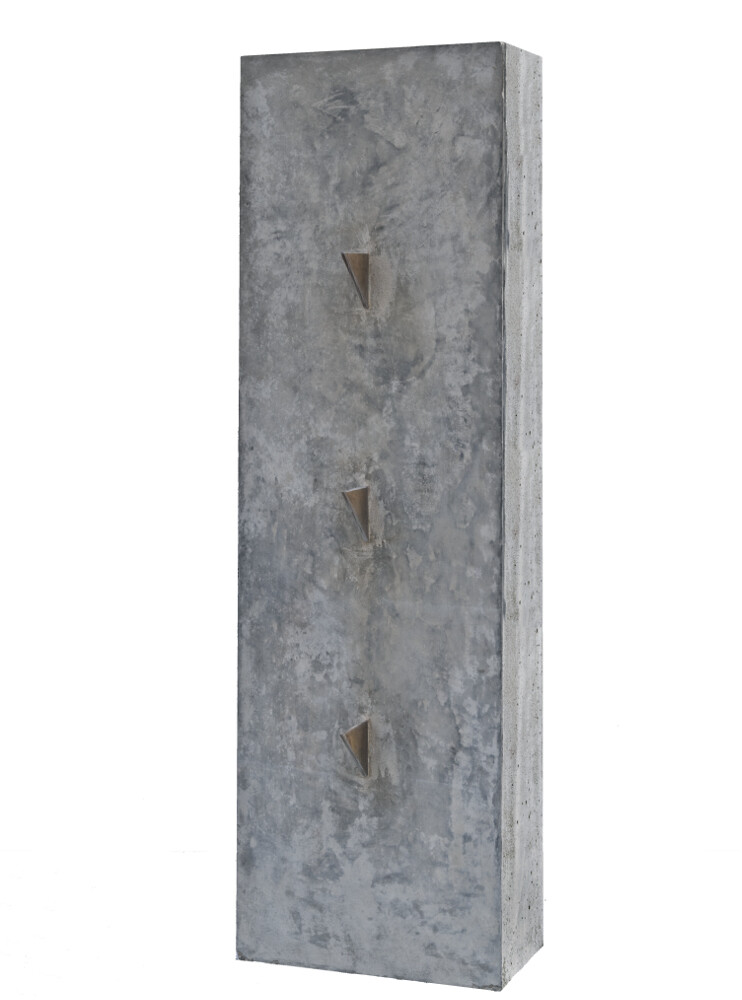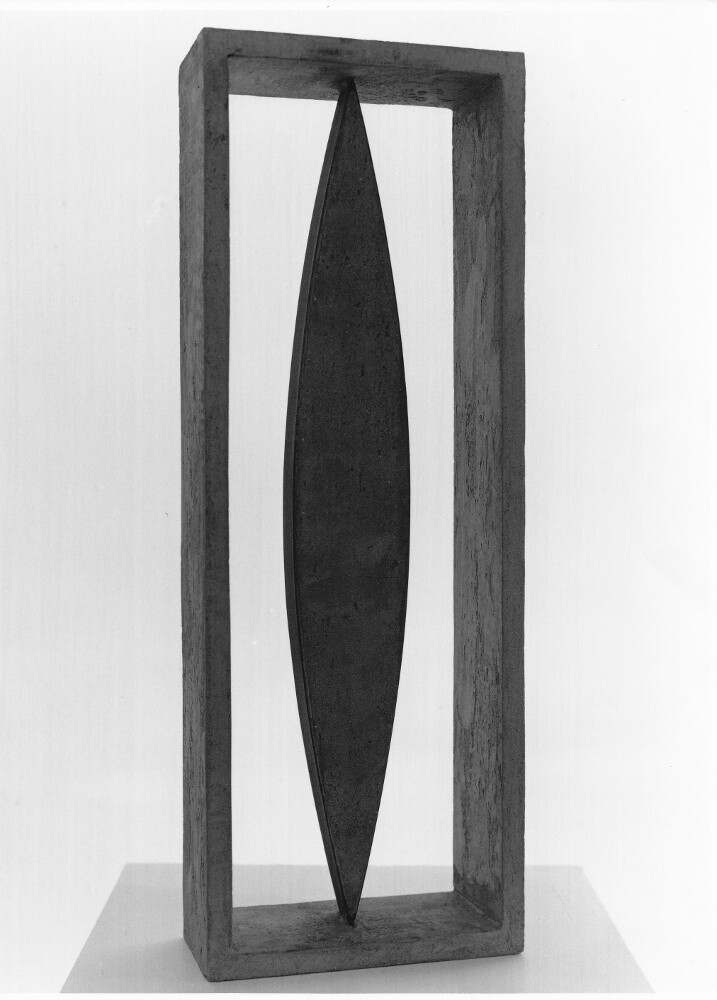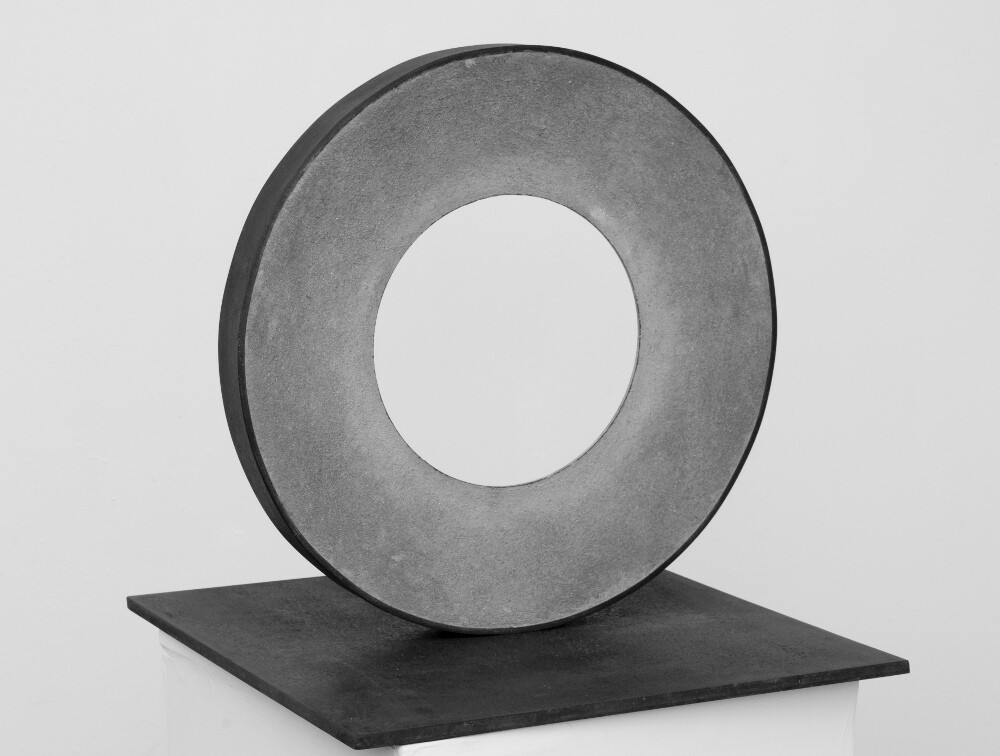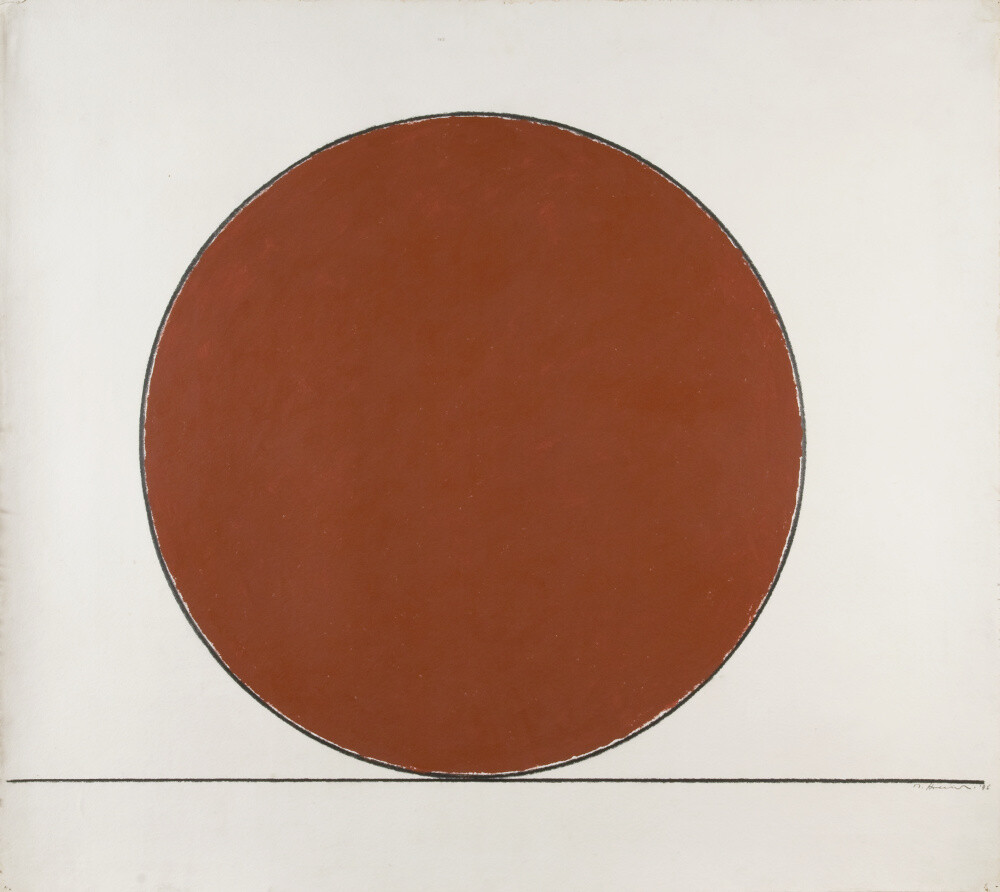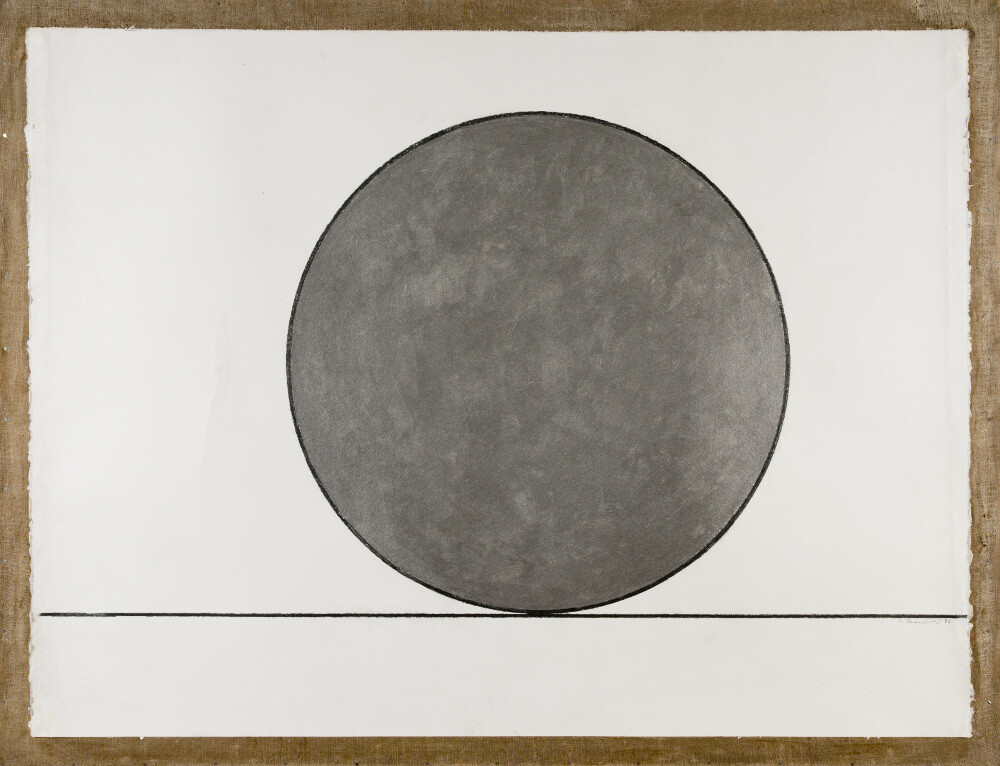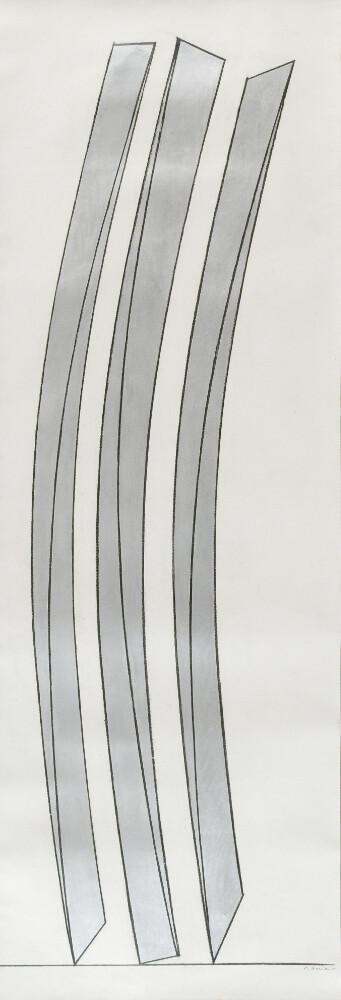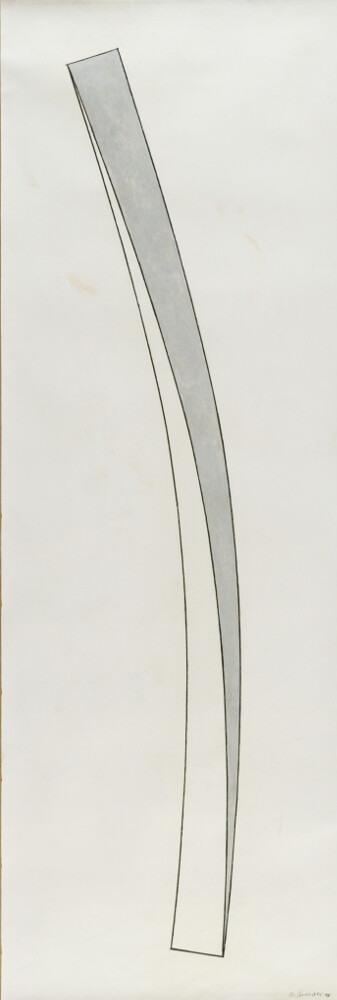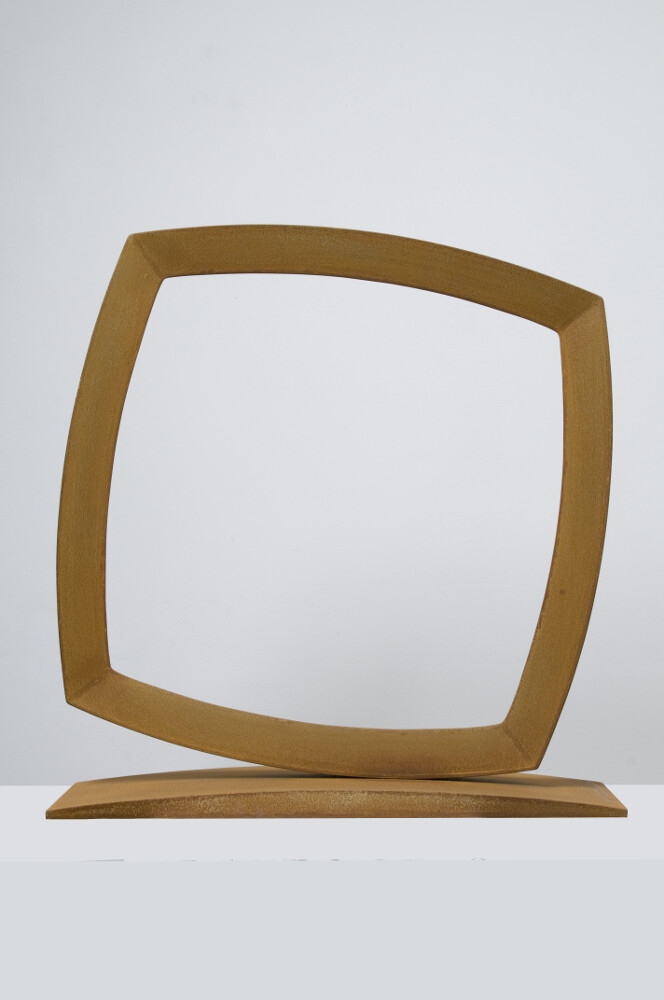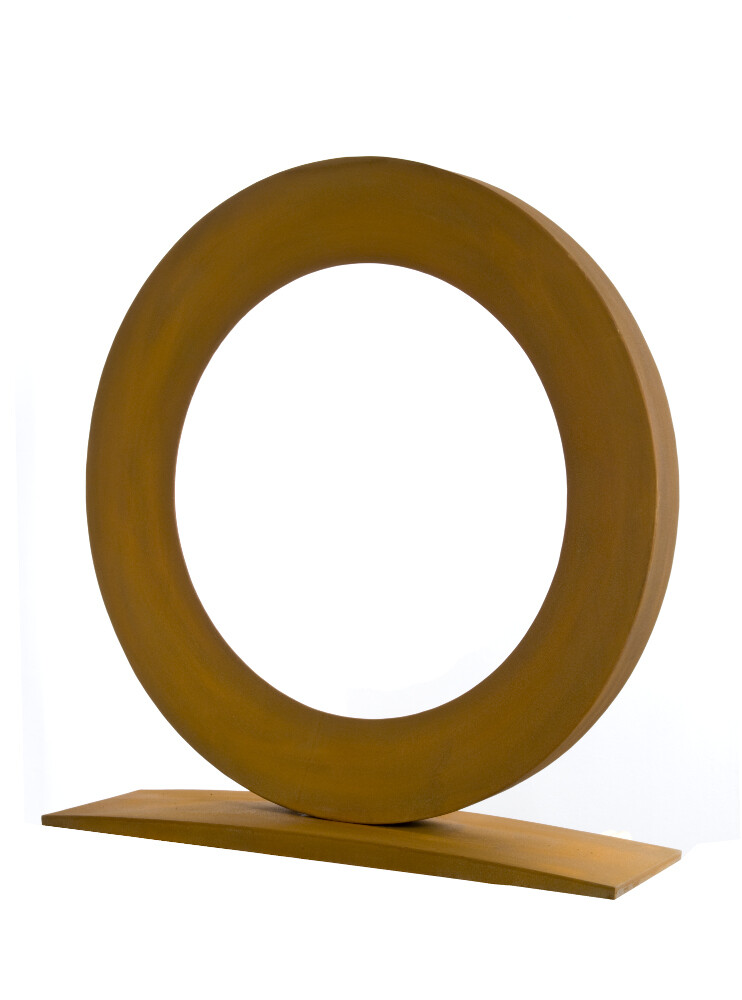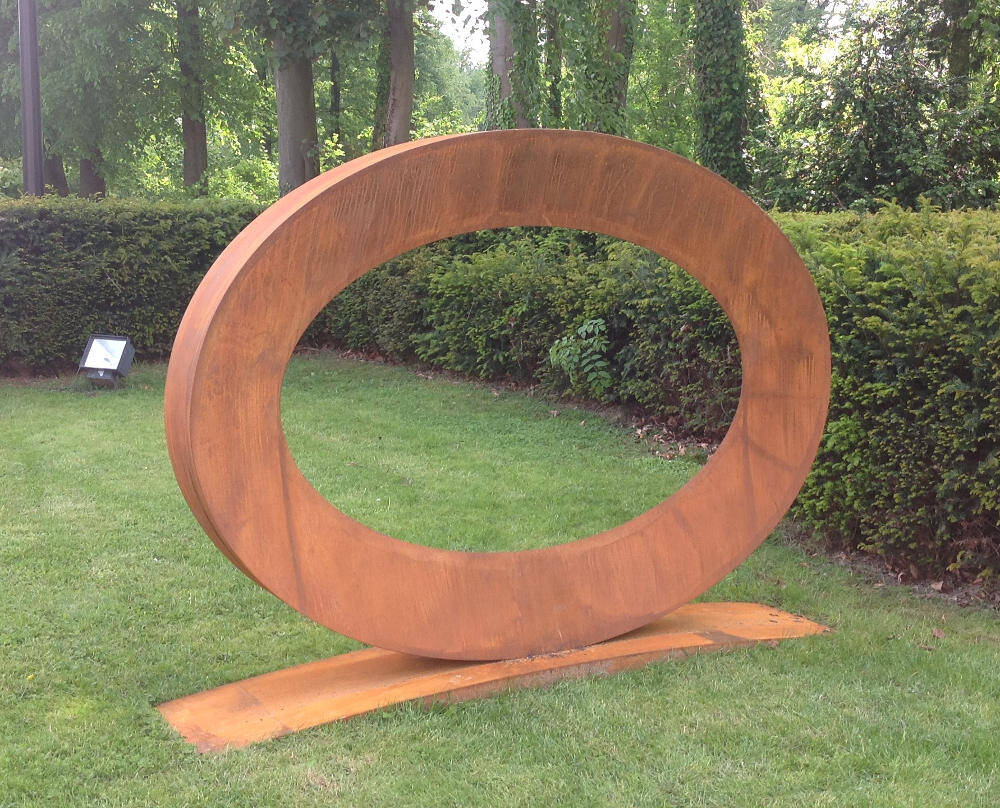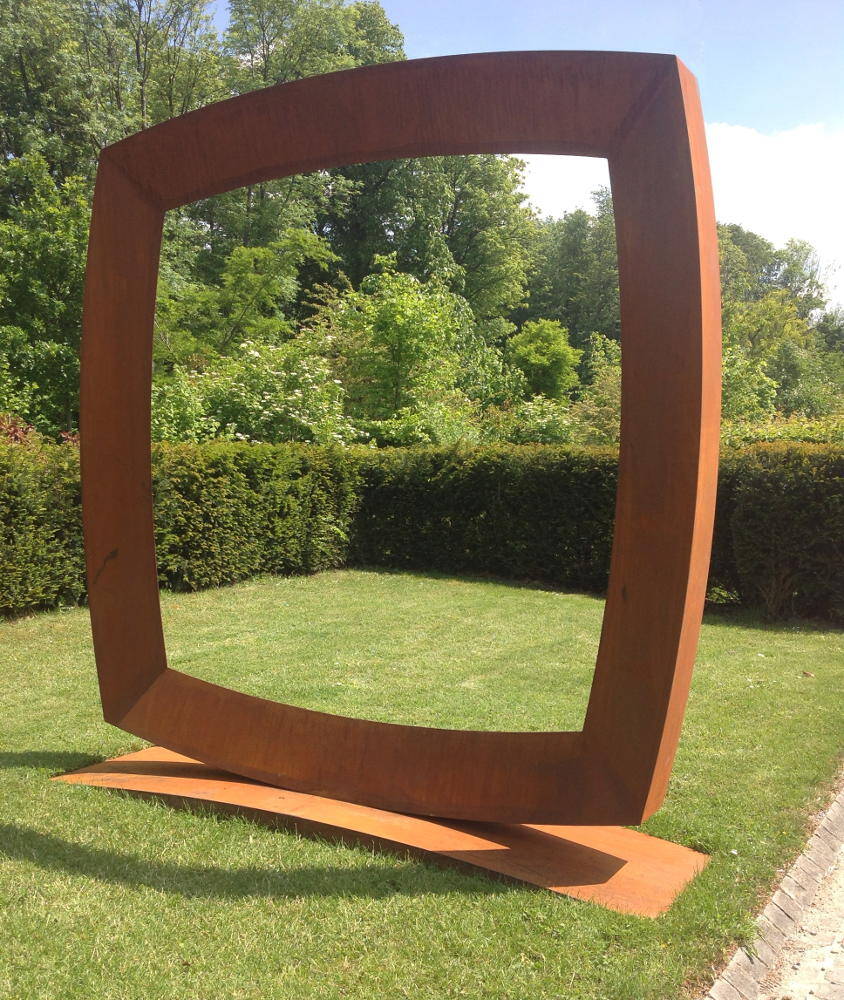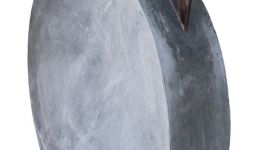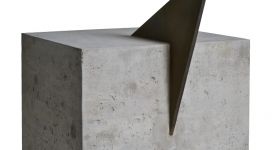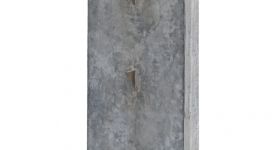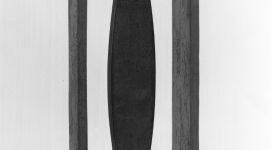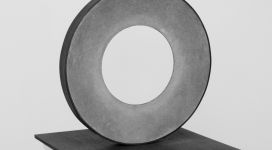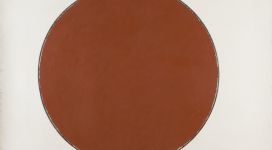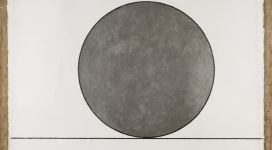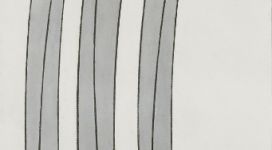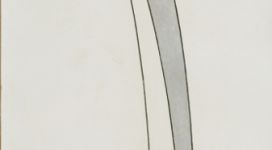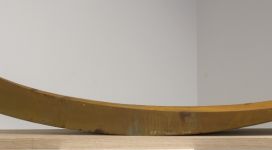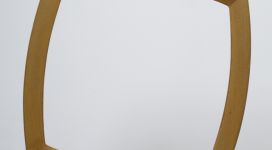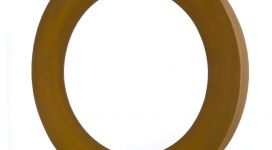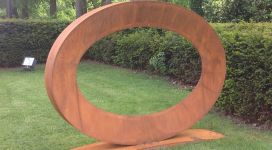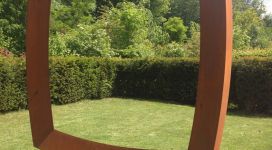| MAURO STACCIOLI | Exhibition 2018 | |
| miart 2018 | ||
| Exhibition 2012 | ||
| Exhibition 2004 | ||
| Catalogs |
Mauro Staccioli was born in 1937 in Volterra, and earned a degree at the Art School in 1954. In 1960 he moved to Sardinia, where he started teaching in Cagliari and founded, along with a group of young Sardinian artists and intellectuals, the Gruppo di Iniziativa (Initiative Group). In 1963 he moved first to Lodi and subsequently to Milan. He became director of the Brera Art School in 1974/75 and in 1978/79, and then of the State Art School of Lovere (Bergamo). His beginnings as an artist are strictly linked to his teaching experience and his intellectual and political activism.
After an early stage in which he experimented with painting and engraving, at the end of the 60s he embraced sculpture, focusing on the relationship between art and society, and developing his original idea of a sculpture that is intrinsically related with the place – both in its physical and social connotations – in which and for which it was created. In Staccioli’s work, therefore, places acquire a central role, for without them sculpture would not even exist. It was in 1972 that Staccioli came to the idea of organizing a series of “sculptures-interventions” in the city of Volterra. The resulting exhibition, entitled Sculture in città, marked an artistic turning-point, making available to the urban space what had, until then, been confined to the closed spaces of galleries and museums. Staccioli researched, and produced, a “sign-sculpture” that originates from the close observation of a space, and interacts with it, emphasizing its peculiarities and altering its usual perception, thereby arousing questions and providing possible answers. Right from his debut, the artist had developed a language characterized by an essential geometry and by the use of simple materials such as concrete and iron, which implicitly alluded to the use that was made of them for urban architecture in those years. The 1972 exhibition subsequently led to the Volterra ’73 festival curated by Enrico Crispolti. This event introduced a new way of looking at sculpture, which found its most accomplished expression in the show entitled Lettura di un ambiente [The reading of an environment] – organized in Vigevano in 1977, whose title already contains the enunciation of this esthetic principle.
After a series of exhibitions organized in different Milan galleries and art spaces (Studio Sant’Andrea, Studio Marconi, Galleria Bocchi), he was invited to the Venice Biennials of 1976 and 1978. In that year he created his famous Muro, a 8 meter-high concrete wall obstructing the view of the entrance to the Italian Pavilion – a critical, provocative statement.
The 80s opened with a strong-impact intervention, a rip across the floor of the Studio Mercato del Sale in Milan, which encouraged visitors to meditate on what they were seeing and actively participate in it by crossing the work itself. After creating a major concrete installation in the park of Villa Gori in Celle di Santomato (PT) – which also marked the beginning of a fruitful dialogue between sculpture and the natural environment – Staccioli’s work began to attract critical attention abroad. His “constructed ideas” made their way into several collections in Germany (Städtische Galerie, Regensburg; Fridericianum Museum, Kassel), Britain (Hayward Gallery, London), Israel (Tel Hai College) and France (ELAC, Lyons). In those years, the artist’s language lost the harshness and aggressiveness that were among his distinguishing features, and reflected the harshness and violence of the political climate. He came up with new sculptural forms, which led to new works that challenged the static balance, generating estrangement effects in the spectators – for instance, the form poised on the staircase of the Modern and Contemporary Art Gallery in Rome in 1981, or the large plinth suspended upon the staircase of the University Gallery of Amherst, Massachussetts, in 1984, which he created on the occasion of his first solo show in the United States. His confrontation with architecture and the urban environment continued to yield new solutions, such as the large overturned arches designed for the inside of the Rotonda della Besana in Milan (1987), or placed before the Centro per l’Arte Contemporanea Luigi Pecci in Prato (1988) following Amnon Barzel’s invitation, and in the main square of the Seoul Olympic Park (1988), where he was invited by Pierre Restany. His exhibiting activity in the United States continued with a show at the Museum of Contemporary Art of San Diego, as well as with the series of installations he created for the park of the Djerassi Foundation in Woodside, California (1987-1991), which were followed, in the 90s, by new interventions and major exhibitions, among them the one held at the Shoshana Wayne Gallery in 1993.
In the 90s the artist carried on with his experiments on new forms – this time rings that underlined aspects of the landscape, such as the ones installed in Ordino d’Arcalis, in the Principality of Andorra (1991) and in Munich, Bavaria (1996); or circles “pressed” into the spaces of the Mudima Foundation in Milan (1992), or again poised in an unstable balance in the Parco della Fara, Bergamo (1992); or spheres that appear, almost metaphysically, in the Orzieri plane in Sardinia (1995). The artist also established a deep and productive relationship with Belgium, where he was commissioned an intervention at the Parc Tournay Solvay in Brussels by the Fondation Européenne pour la Sculpture (1996), and where he also carried out many other interventions in both public and private spaces, among them the now famous Equilibrio sospeso [Suspended Balance] at the Rond Point de l’Europe in Brussels (1998). In the same decade, Korea took to promoting different public interventions, among them his work for the Kwacheon Contemporary Art Museum (1990).
In recent years, Staccioli’s fertile research has yielded several installations, both in Italy and abroad: on the the Lapiz Building in La Jolla (San Diego 2003), where a steel beam crosses the building’s façade, in Taiwan (2003), Puerto Rico (2004), Carrazeda de Ansiães (Portugal 2008), Voisins-le-Bretonneux (France 2008), Greve in Chianti (2009) and in the Parco della Cupa in Perugia (2009).
In 2008 on the occasion of MiArt, together with Galleria Niccoli, Galleria Il Ponte temporarily erected Quadrato dai lati curvi – one of his big sculptures – in Piazza Duomo in Milan. The collaboration between the two galleries in 2009 has produced his largest exhibition, celebrated in his hometown, Mauro Staccioli. Volterra 1972-2009 – Places of Experiences, consisted of three exhibitions and twenty environmental sculptures, thirteen of which are still visible.
In 2010, March 21, the imposing pyramid 38th Parallel was inaugurated in the Sculpture Park of Fiumara d’Arte, in Motta D’Affermo (Messina), conceived by Antonio Presti.
In 2011 in Catanzaro two major solo exhibitions titled Imperfect Circle, by Alberto Fiz, have been presented, his sculptures of the 70s in the MARCA museum, while his large-scale environmental sculptures were presented at the Archeological Park of Scolacium (Roccelletta di Borgia). One of these, the Ring – Catanzaro 2011, has been placed in the Sculpture Park of the city of Catanzaro. In December of that year, Roma 2011, a corten steel sculpture – ten meters high – was installed in the parterre in front of the Galleria Nazionale d’Arte Moderna in Rome. In 2012 Imperfect circle is installed in the garden of Bocconi University in Milan. In February, the galleries Niccoli in Parma and Il Ponte in Florence inaugurated at the same time Mauro Staccioli – The years of concrete, an exhibition concerning his concrete works of the 70s, the result of a philological reconstruction, carried out with the artist, of his initial work.
At the end of the same year, Mauro Staccioli. Forme perdute, a solo exhibition at Galleria Invernizzi in Milan explored new research perspectives, finding full expression in his participation in the Racconigi Biennale di Scultura in 2013.
The following year Château de Seneffe in Belgium put on an important display of his work in its historic garden, for which he made two new sculptures. The same year saw the installation of some of his important environmental sculptures: he planned and installed Seogwipo 2014 for Seogwipo on the island of Jeju in Korea, the work Da sinistra a destra in Padua and Aruch 2014 in Florence.
In 2015 on occasion of the Volterra 73 memoria e proiezione, exhibition curated by Enrico Crispolti, some of his historic works were reinstalled in the Badia Camaldolese in Volterra, and Arc#ive 1: Mauro Staccioli, an exhibition on his archive material, was organized by Lorenzo Respi and Simona Santini at the Mac in Lissone.
In 2016 he installed Villa Pisani Bonetti ’16 at Villa Pisani Bonetti, a Palladian villa in Bagnolo di Lonigo, Vicenza, where he was dedicated a small exhibition with catalogue curated by Francesca Pola and Luca Massimo Barbero.
Staccioli was an associate member of the Belgian Académie Royale des Sciences, des Lettres et des Beaux-arts and is a member of the Accademia Nazionale di San Luca.
He died in Milan on 1st January 2018.
